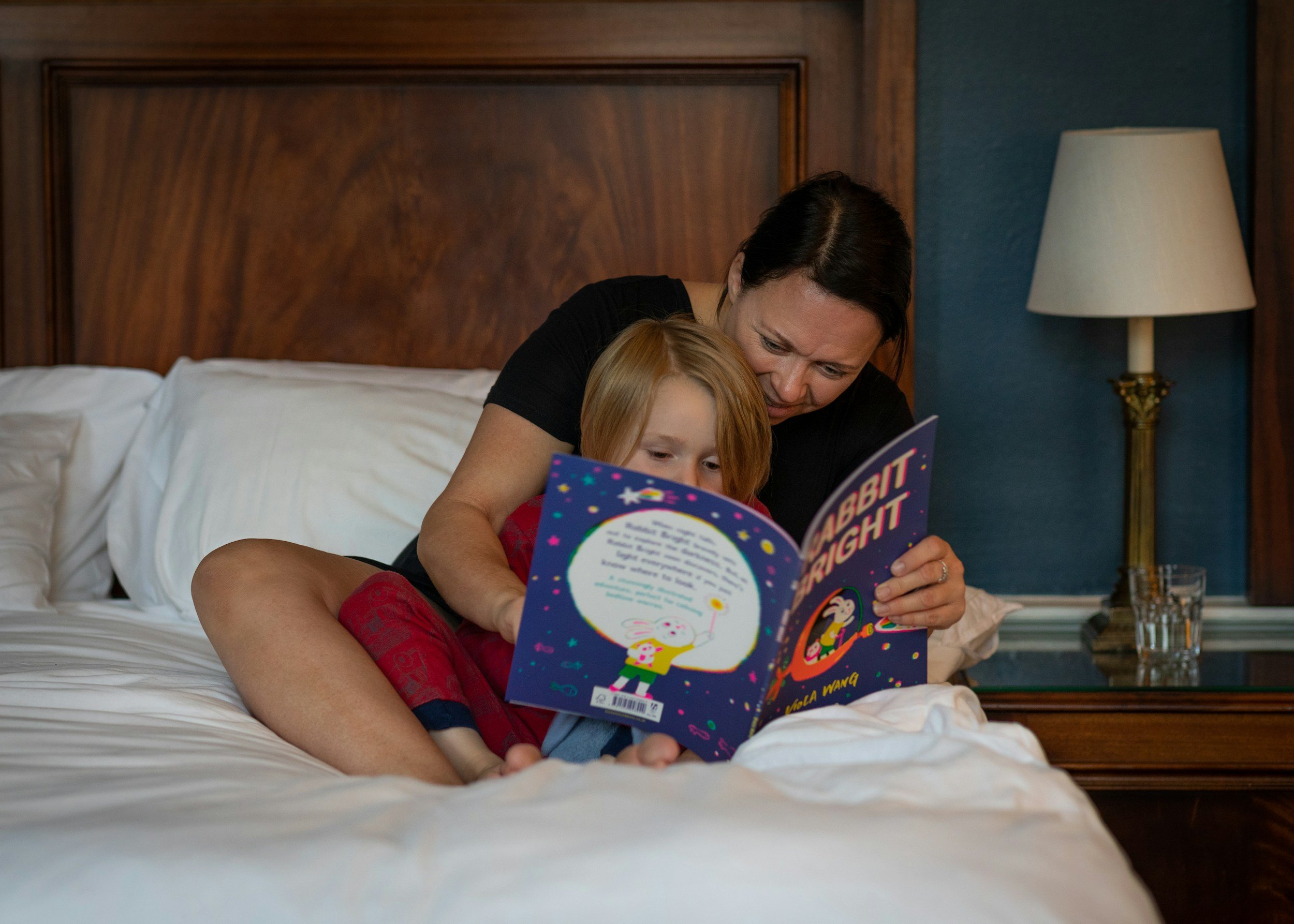
Play-Therapist Approved 2025 Holiday & Christmas Gift Guide (Ages 3-15) - With Links
Discover the best play therapist–recommended holiday gifts for kids ages 3–15, including sensory tools, kinetic sand, fidget toys, bullet journals, and emotional-regulation games.

The Unexpected Healing Parents Find When Their Child Begins Therapy
When your child begins therapy, healing expands beyond them. Discover how child therapy helps parents co-regulate, heal anxiety, and break generational cycles.

Busting Myths About Trans Youth: What Trans-Affirming Therapy Really Looks Like
Bust common myths about trans youth and learn what trans-affirming therapy really looks like. Discover how evidence-based support helps transgender kids thrive — with guidance for parents who want to nurture authenticity, safety, and mental well-being.

Food Assistance & Emergency Resources in Denver & Metro Suburbs – What to Know Now
Need food support? Denver-area pantries & churches are ready to help during the November 2025 SNAP pause. Find free meals & groceries now.

How to Talk So Kids Actually Listen: 7 Easy Communication Switches for Positive Parenting
Discover 7 simple communication switches to help kids actually listen — with positive, calm, and effective parenting strategies that really work.

Synergetic Play Therapy for Kids with ADHD: How It Helps Children Thrive
Discover how Synergetic Play Therapy helps kids with ADHD build emotional regulation, impulse control, and resilience while supporting parents, too.

Understanding Suicidal Ideation in Children and Teens: Warning Signs, Causes, and How to Help
Learn the warning signs of suicidal ideation in children and teens, what’s happening in their nervous system, and how parents can help with support and resources.

Best Therapy Book Recommendations for Therapists, Parents, & Kids (2025 Guide)
Discover the best therapy books for therapists, parents, and kids. From play therapy and Polyvagal Theory to parenting strategies and children’s books about emotions, this list offers practical tools for emotional regulation, connection, and healing.

What Is Pathological Demand Avoidance (PDA)? Signs, Strategies, and Support for Kids
Learn what Pathological Demand Avoidance (PDA) is, common signs of PDA in children, and practical strategies for parents, teachers, and therapists.

Understanding Nervous System States: A Guide for Therapists, Parents, and Beyond
Learn about dorsal vagal, sympathetic, and ventral vagal states of the nervous system, informed by Polyvagal Theory—plus regulation strategies to help children manage fight-or-flight or shutdown.

Looking for the Right Therapist for Your Child? Start Here
Discover how I support kids with anxiety, sensory needs & trauma through neurodivergent-affirming, strengths-based therapy that truly meets them where they are.

How Kids Learn Social Skills in Play Therapy: A Guide for Parents
Wondering how kids build social skills in play therapy? Learn how safe, regulated sessions help children practice communication, empathy, and emotional regulation while developing lifelong relationship skills.

The Foundation of Self-Regulation: Our “Hidden” Eighth Sense, Interoception
Discover how trauma and neurodivergence impact interoception in children and why body awareness is key to emotional regulation. Learn how play therapy supports healing.

What Is Masking? Understanding the Hidden Struggle for Neurodivergent Kids
Learn what masking is, how it affects neurodivergent kids (ADHD, autism, etc.), and ways parents and professionals can create safe spaces for them to unmask.

“Am I Failing as a Parent?” How Anxiety and Perfectionism Can Be Signs of Growth
Feeling parenting anxiety and self-doubt? Learn why these feelings are normal, how they affect your child, and how to grow resilience together as a family.

How Kids Learn Skills in Play Therapy (And Why It’s So Different From “Just Talking”)
Wondering how kids actually learn in play therapy? Discover how connection, modeling, and play help children build lasting emotional and regulation skills.

Why Bedtime Feels So Hard for Kids (and How to Make It Easier)
Struggling with bedtime battles? Learn why sleep is hard for kids & try this play therapist-informed bedtime routine to help your child settle & stay asleep.

How to Create a Dopamine Menu: A Powerful Tool for Kids (& Adults!) with ADHD
Discover how dopamine menus can support kids with ADHD by offering healthy, brain-friendly ways to meet their dopamine needs. Learn how to build your own and why it works.

How to Help Kids with Transitions: Therapist-Approved Tips for Smoother Routines
Is your child struggling with transitions like bedtime, mornings, or schedule changes? Learn therapist-approved strategies to ease transitions and reduce meltdowns—for both kids and caregivers.

Emotional Dysregulation in Disguise: Supporting Anxious, Perfectionist Children
Your “perfect” child might be struggling inside. Learn how perfectionism can signal anxiety and what tools help kids build self-compassion and resilience.